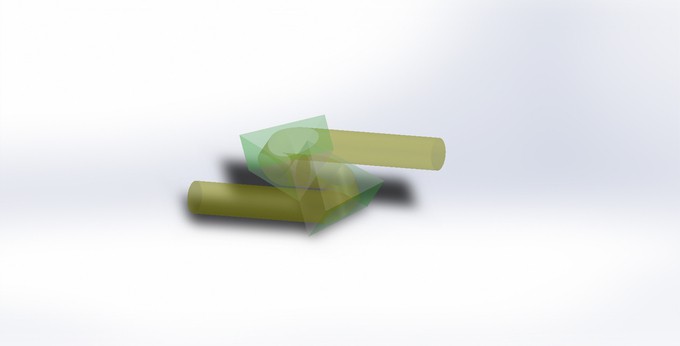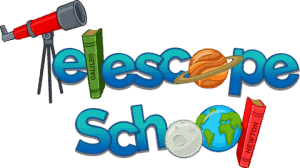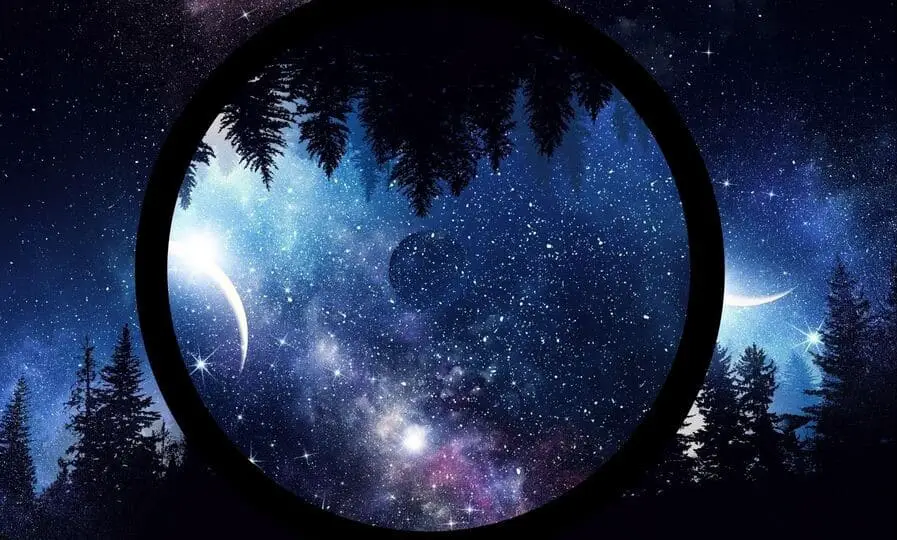When you first gaze through a telescope, expecting a breathtaking view of the cosmos, you might be startled to find that everything looks upside-down. This isn’t a defect or a mistake; it’s an intriguing aspect of optical science. It’s a journey through the looking glass into a world where the usual rules of up and down don’t apply.
Telescope images often appear upside-down and reversed due to the optics used to focus light. This inversion is typical and can be corrected with accessories like star diagonals or Amici prisms to align the view with a natural upright feel.
OK, now we know why a telescope can appear upside-down. What about each style scope? How do they perform based on their design? In this article, we’ll explore why this happens and how you can correct it for a more familiar view.
The Refractor Upside Down Experience
Imagine a telescope with a shiny lens at the front and an eyepiece at the back. This is your standard refractor telescope. When you peek through it, you’re greeted by an upside-down world. This happens because the lens bends (or refracts) the light, flipping the image in the process. It’s a bit like looking at a reflection in a spoon – everything appears inverted.
To address this, we introduce the star diagonal, an ingenious device that bends light at a right angle, flipping the image back to right-side up. However, it’s not a perfect fix, as the view remains mirror-reversed. For a complete correction, we turn to the Amici prism diagonal. Used in models like the AstroMaster and PowerSeeker, this prism reorients the image to match what your eyes naturally see.
Catadioptric Telescopes, The Compound Scope, Does it Compound the Problem?
Moving on to catadioptric telescopes, like the Schmidt-Cassegrain and Maksutov-Cassegrain, these marvels of optical engineering combine lenses and mirrors. They offer versatility and power but can also present upside-down views. Like with refractors, using star and Amici diagonals with these telescopes corrects the image orientation, bringing the universe to your eyepiece in its expected up-right form.
Newtonians May Require A Bit More Fix?
Newtonian telescopes, with their unique mirror setup, are a different breed. Their design, which lacks the back focus necessary for standard diagonals (at least I say typically here), requires a creative solution. This comes in the form of a custom eyepiece equipped with a Porro style prism. This nifty addition corrects the image within the eyepiece itself, allowing for a more intuitive viewing experience, whether you’re scanning the horizon or the heavens.
Some telescopes come with these, like Celestron PowerSeeker 127EQ, or AstroMaster 130EQ. However, you can’t add more eyepieces easily. More on that in a bit, though in a second.
Here is a Porro Prism accessory I use sometimes. Visionking 1.25 inches Erecting Prism for Newtonian Reflector Astronomical Telescope…but it is a roof prism. Check the Porro and Roof prism problems
I can’t find nice erecting eyepieces I typically use am Amaci prism diagonal, like these. But these are diagonal, mostly 45 degrees. And do add back focus length, so you may not be able to get it to work?
What Is The Problem With Porro Prism’s
Porro prisms, when used as accessories in telescope setups, introduce specific challenges. They often add bulk and weight, impacting portability and handling ease. Their sensitivity to alignment necessitates careful handling and occasional adjustments to maintain image quality.

A significant limitation is their potential to restrict light flow or aperture, which can impact the brightness and clarity of the observed image. Or maybe it is better to say it is a limited field of view.
Sealing Porro prism accessories against environmental factors like moisture and dust is also challenging, possibly affecting their longevity and performance. Despite these issues, they are appreciated for their ability to enhance image depth and quality in telescopic observations.
What Is The Problem With Roof Prism’s
Roof prisms, used in compact binoculars and some telescope accessories, offer a streamlined design but face certain challenges. Their manufacturing complexity, greater than that of Porro prisms, typically leads to higher costs. This complexity also demands precise alignment, making them sensitive to manufacturing variances and affecting image quality.
A notable issue with roof prisms is the ‘ray of light’ phenomenon, particularly visible when observing strong light sources like streetlights or the moon. This effect creates a star filter-like image with a single ray in the eyepiece, which can be distracting. Furthermore, roof prisms usually require phase-correction coatings to mitigate phase shift issues, impacting image sharpness and contrast.
Despite offering a compact and durable form, these challenges contribute to the higher expense and potential variability in image quality associated with roof prism optics.
The Why Behind the Upside-Down Telescope View
You may wonder why telescopes can’t just show things the right way up from the start. The answer lies in the pursuit of light. Every glass element in a telescope, from prisms to mirrors, can potentially absorb or scatter some of this precious light.
Human Eyes vs. Telescope Optics
Just like a telescope, the human eye sees the world upside down at first. Our eyes’ lenses flip the incoming light, creating an inverted image on the retina. However, our brains automatically correct this, flipping the image back to what we perceive as right-side-up.
Telescopes: No Brain, Just The Optics
In contrast, telescopes don’t have a brain to reorient images. Refractors use lenses, and reflectors use mirrors to gather and focus light. This process naturally flips the image. In refractors, light bends as it passes through the lens, resulting in an inverted view. In reflectors, the mirror setup inherently flips the image.
Correcting the Cosmic Flip For Our Brain
Since telescopes lack a brain to flip the image back, we use additional optics for correction. Star diagonals or Amici prisms in refractors and special eyepieces in reflectors serve this purpose. They reorient the image, making it match our brain’s natural perception.
In other words, what you can’t see with your naked eye means you won’t know if it is right side up.
In the realm of astronomy, where capturing as much light as possible from distant stars and faint nebulae is crucial, these trade-offs are significant.
Additionally, in the vastness of space, the concepts of ‘up’ and ‘down’ are relative. Depending on your location on Earth, celestial objects like the moon can appear differently oriented. In other words, what you can’t see with your naked eye means you won’t know if it is right side up.
Practical Tips for Telescope Users
For those venturing into astrophotography, remember that image orientation can be adjusted in post-processing software. This offers greater flexibility in framing and capturing celestial wonders. When observing objects like the moon or planets, correcting the orientation can be immensely helpful for aligning what you see with star maps and guides.
- For Astrophotography: Image orientation can be adjusted post-capture with software, offering more flexibility.
- Observing the Moon and Planets: Orientation correction can be especially helpful here for matching what you see with maps and guides. Even the naked eye similarity Check out the article about The Moon Is Upside Down In Me Telescope View.
- Personal Note Here: It helps to view the moon and landscape scenes with an erecting image. Planets are a personal taste, but it is only based on NASA images, which we can’t get unless we do astrophotography. The rest, who cares. Other than NASA photos, do we know the correct orientation anyway?
Conclusion
Embracing the Astronomical Perspective In conclusion, the world of telescopic observation is one where traditional perspectives get a delightful twist. Whether you choose to correct the orientation or embrace the unique inverted view, the wonder of exploring the cosmos remains unchanged.
As you continue your celestial journey, remember to adapt, experiment, and, most importantly, enjoy each moment of discovery. So, until our next starlit adventure, clear skies, and happy viewing!
Will Montgomery shares the why behind flipped telescope views — and how understanding optics helped him stop second-guessing every image.


